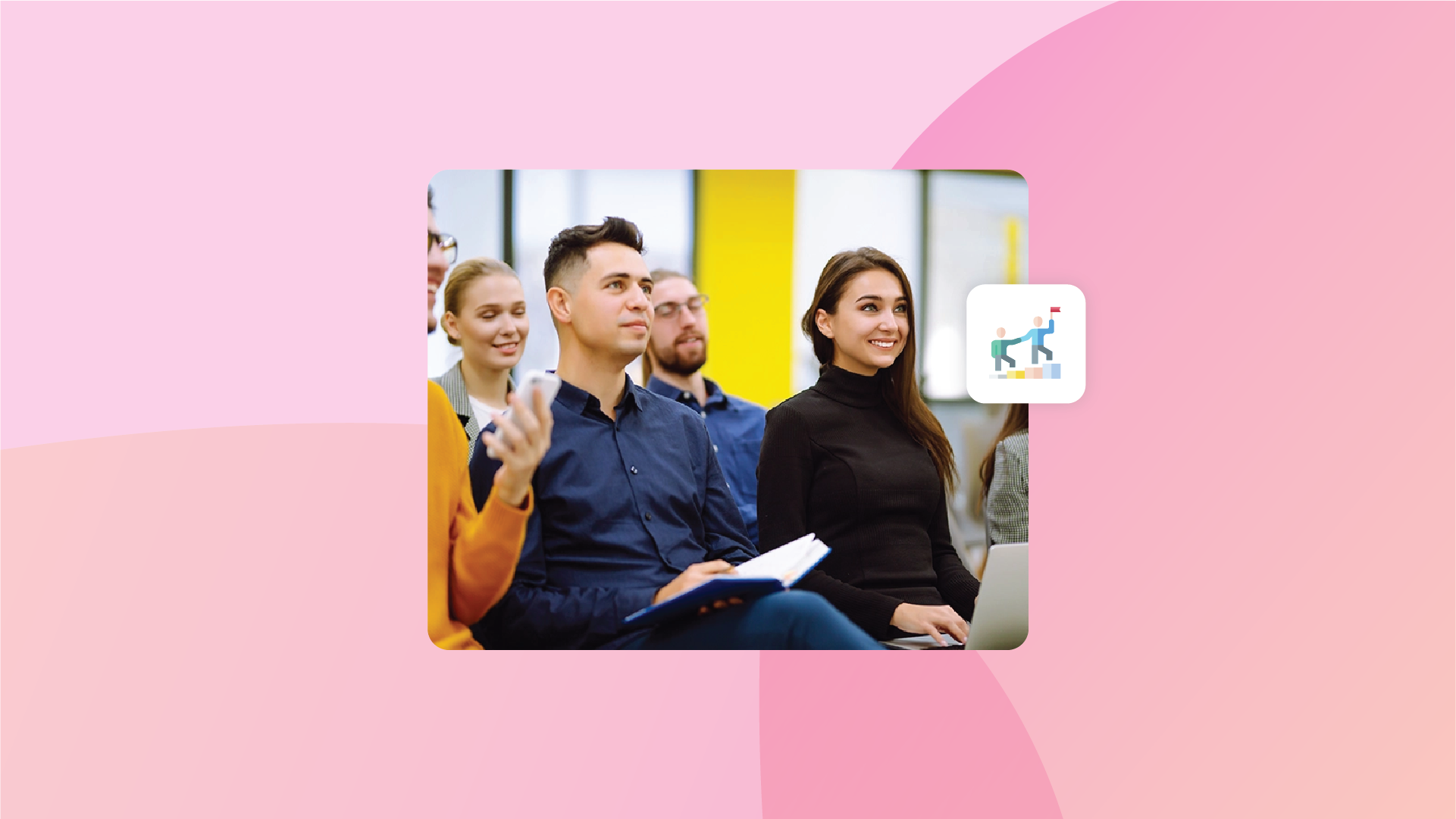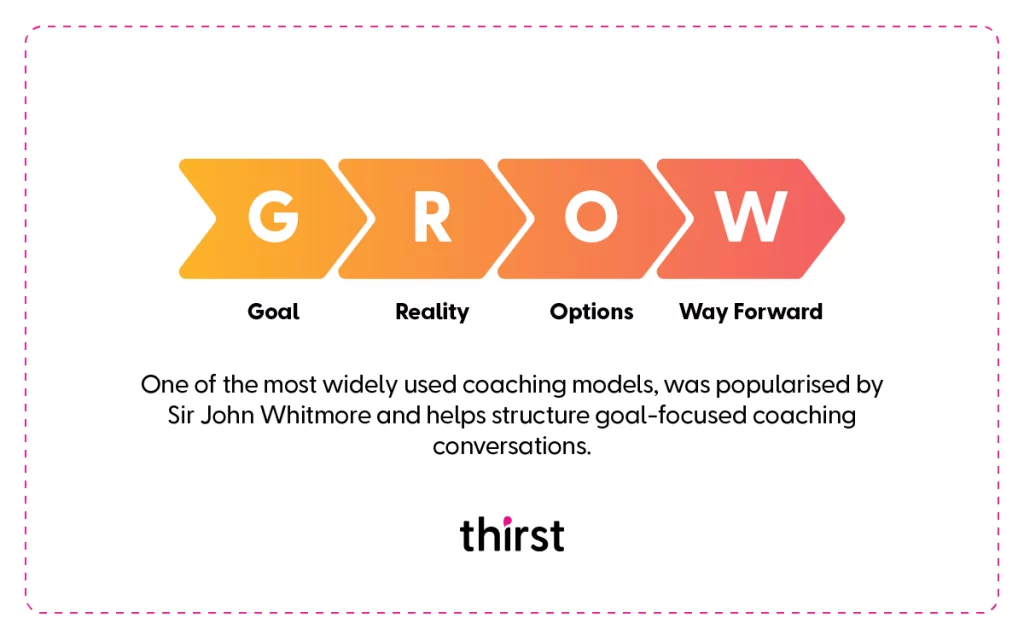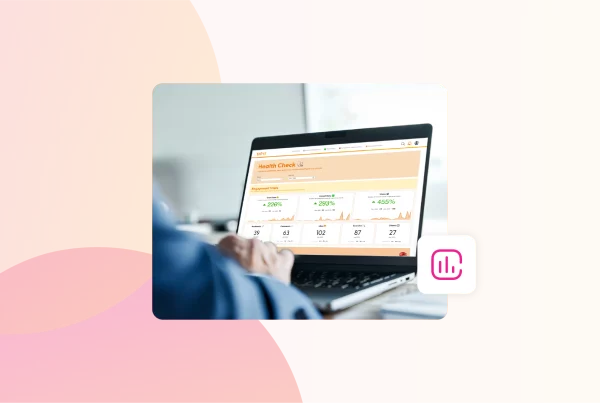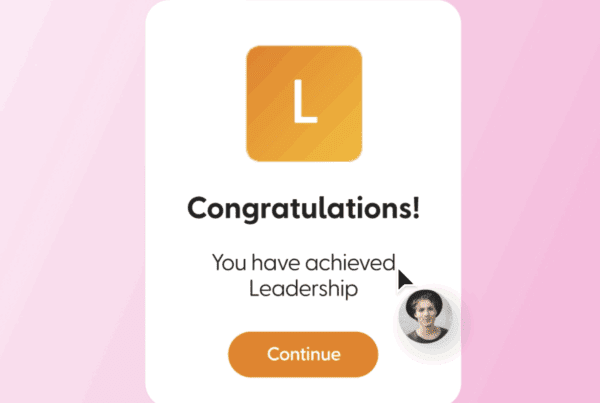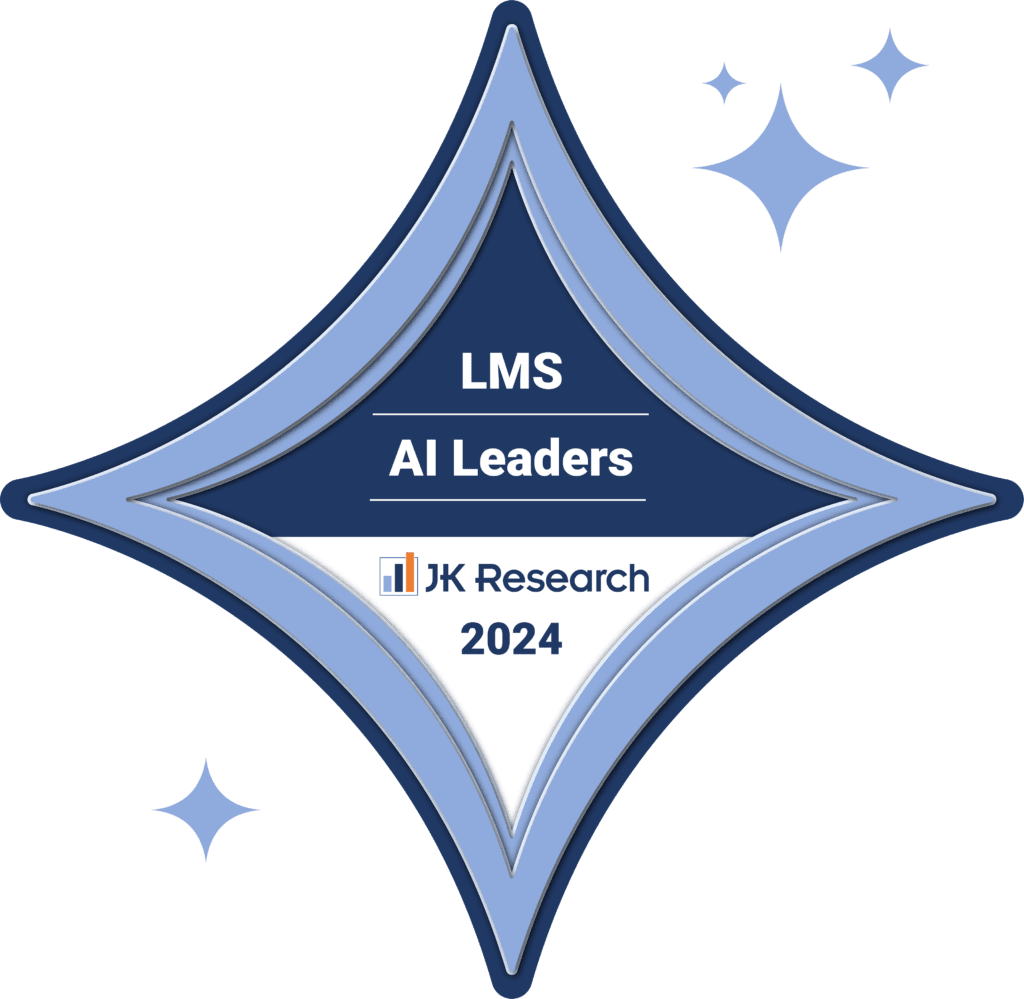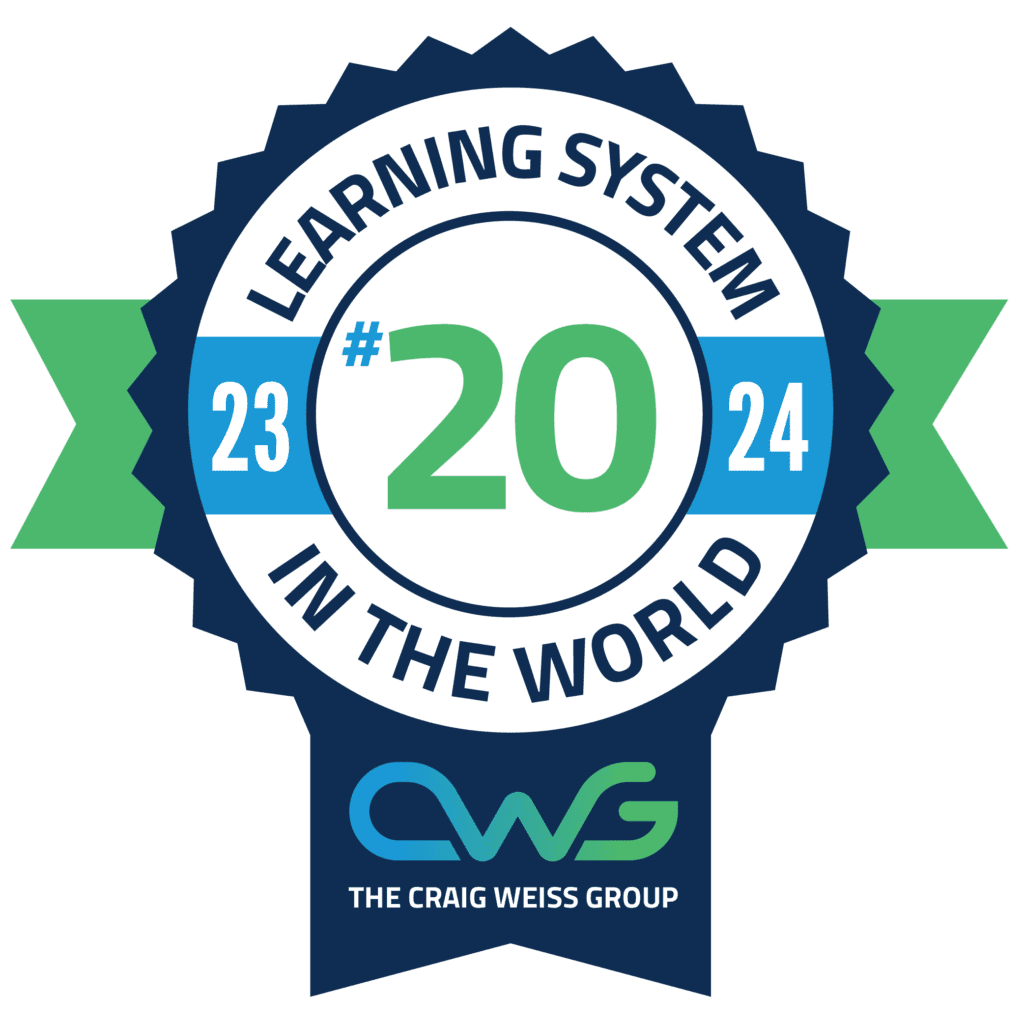As a Learning & Development maverick, you won’t need us to tell you how game-changing it is to unlock growth and potential in your workforce. 🚀
Whether it’s helping your employees crush their goals or guiding an entire team through systemic business changes, coaching models are your greatest tool. 🛠️
In this guide, we’ll break down what coaching models are and why they’re essential in the workplace.
We will also highlight 13 awesome coaching models you’ll want to have in your back pocket for 2025, as well as examples of how to implement them. 🗂️
Let’s go! 🌟
What are Coaching Models?
In a nutshell, coaching models are structured frameworks or step-by-step approaches that guide coaching conversations. 🧭
Think of them as roadmaps. They keep things focused, help explore ideas, and ensure the coach and coachee work together effectively. 🤝
These models aren’t about rigid rules but giving structure to conversations so you can tackle challenges, set goals, and drive progress in a flexible and open-minded way.💡
Why are Coaching Models Important in the Workplace?
It’s easy for coaching conversations to lose direction or to get bogged down in surface-level chats.
Using a model helps ensure that conversations are purposeful, productive, and aligned with both the individual’s and the organisation’s goals. ✅
For instance, in a scenario where one of your employees is struggling to meet their sales targets, the GROW model can be used to set clear objectives and explore the options for improvement. 📊
Here are a few key reasons coaching models are workplace game-changers…
Clarity
They help set clear objectives and keep conversations on track. 📌
Consistency
Models ensure everyone is working with the same structured approach, which is especially handy when coaching is part of a broader L&D strategy. 🔄
Efficiency
A good model can save time while still fostering deep, meaningful conversations. ⏱️
13 Coaching Models You Need to Know About
Here’s our pick of 13 top coaching models for 2025, with a quick overview of what they’re all about and how they differ from each other.
Most of them also have a nifty little acronym, so they are easy to remember!
1. GROW Model
Goal → Reality → Options → Way Forward
As an L&D professional, you can use this in workshops, 1:1 coaching, or even group projects. 🌱
This classic never gets old.
Imagine coaching a team member who wants to improve their presentation skills:
- Goal: “What do you want to achieve?” (e.g., “I want to present at next month’s all-hands meeting confidently.”)
- Reality: “Where are you right now?” (e.g., “I get nervous and stumble over my words.”)
- Options: “What could you do to improve?” (e.g., “Practice in front of friends, or use calming techniques.”)
- Way Forward: “What’s your next step?” (e.g., “Schedule daily practice sessions this week.”)
2. OSCAR Model
Outcome → Situation → Choices → Actions → Review
This model shines in coaching follow-ups where accountability is key. 🎯
Think of this as GROW’s action-focused sibling. If someone’s working on time management:
- Outcome: “What does success look like for you?” (e.g., “Sticking to deadlines without stress.”)
- Situation: “What’s happening now?” (e.g., “I procrastinate and get overwhelmed.”)
- Choices: “What are your options?” (e.g., “Use a planner, set smaller milestones, block time for focus work.”)
- Actions: “Which option will you try first?” (e.g., “Start using a planner today.”)
- Review: “How’s it going?” (e.g., “I feel more in control, but need to tweak my daily plan.”)
3. CLEAR Model
Contracting → Listening → Exploring → Action → Review
Perfect for building trust, especially in a collaborative setting. This model is all about creating a safe space to have meaningful conversations. 🤝
For example, if an employee is struggling with conflict at work:
- Contracting: Agree on boundaries and goals. (“Let’s explore how you can improve communication with your team.”)
- Listening: Allow them to share their story fully, without interruption.
- Exploring: Dive deeper into their feelings and the root of the conflict.
- Action: Develop a concrete plan. (“Try using ‘I statements’ in your next team meeting.”)
- Review: Check back after the meeting to discuss what worked and what didn’t.
4. FUEL Model
Frame → Understand → Explore → Lay Out
Straightforward and actionable! Use it for career development coaching. This is great for structured 1:1 coaching or leadership programs. 🚗
- Frame the Conversation: “What’s the focus today?” (e.g., “Exploring promotion readiness.”)
- Understand the Current State: “What’s working well, and where are the gaps?” (e.g., “I’m strong in delivery but need leadership skills.”)
- Explore the Desired State: “What would success look like?” (e.g., “Leading my own project by year-end.”)
- Lay Out a Plan: “Here’s how we can bridge the gap.” (e.g., “Sign up for a leadership course, shadow a team lead.”)
5. SOAR Model
Strengths → Opportunities → Aspirations → Results
A solution-focused gem! For example, helping a team member with personal growth.
This works beautifully for strengths-based coaching or team-building workshops.
- Strengths: “What are you naturally good at?” (e.g., “I’m creative and great with visuals.”)
- Opportunities: “Where could you apply these strengths?” (e.g., “Leading the marketing design project.”)
- Aspirations: “What do you want to achieve long-term?” (e.g., “Becoming a creative director.”)
- Results: “What’s your first step toward this goal?” (e.g., “Pitch a new campaign idea this week.”)
6. STEPPPA Model
Subject → Target → Emotions → Perception → Plan → Pace → Adapt
Great for emotional or mindset challenges. 🎭
Let’s say someone wants to overcome imposter syndrome:
- Subject: “What’s the focus?” (e.g., “Feeling like I don’t belong at work.”)
- Target: “What do you want to change?” (e.g., “Build confidence.”)
- Emotions: “How does this make you feel?” (e.g., “Anxious and inadequate.”)
- Perception: “How do others see you?” (e.g., “My manager says I’m a top performer.”)
- Plan: Create actionable steps. (e.g., “Keep a journal of positive feedback.”)
- Pace: Break it down. (“Focus on one confidence-building activity per week.”)
- Adapt: Reflect and adjust. (e.g., “Switch to speaking up more in meetings.”)
7. GROWTH Model
Goal → Reality → Options → Will → Tactics → Habits
A deeper dive into GROW is perfect for creating sustainable change. This model is ideal for leadership coaching. 🌟
For instance, coaching a new manager…
- Goal: “What’s your leadership goal?” (e.g.“Inspire my team.”)
- Reality: “What’s the current dynamic?” (e.g.“Team members seem disengaged.”)
- Options: “What approaches could you take?” (e.g.“More one-on-ones, team-building activities.”)
- Will: “How motivated are you?” (e.g.“Very—this is important to me.”)
- Tactics: Create strategies. (e.g., “Plan weekly check-ins, recognise wins.”)
- Habits: Embedding new behaviours. (e.g.“Make feedback a regular practice.”)
8. CIGAR Model
Current → Ideal → Gap → Action → Review
Perfect for improving performance or productivity. 🚀
Let’s help someone streamline processes…
- Current Situation: “What’s the issue?” (e.g.“Our workflow is too slow.”)
- Ideal Situation: “What would smooth operations look like?” (e.g.“Tasks completed on time.”)
- Gap: “What’s missing?” (e.g.“Clearer roles and priorities.”)
- Action: “What steps can we take?” (e.g.“Redesign workflows with input from the team.”)
- Review: “How will we measure success?” (e.g.“Faster turnaround time.”)

9. ACHIEVE Model
Assess → Create Goals → Highlight Strategies → Identify Barriers → Explore Options → Validate Plan → Encourage Action
Use this for strategic planning or team initiatives. 🏆
For team-wide goal setting…
- Assess: “What’s our starting point?” (e.g.“Low collaboration between departments.”)
- Create Goals: “What’s the desired outcome?” (e.g.“Streamlined communication.”)
- Highlight Strategies: “What are some potential solutions?” (e.g.“Regular cross-departmental meetings.”)
- Identify Barriers: “What might get in the way?” (e.g.“Scheduling conflicts.”)
- Explore Options: Brainstorm fixes. (e.g.“Use async tools like Slack.”)
- Validate Plan: “Does this feel achievable?” (e.g.“Yes, if we pilot it.”)
- Encourage Action: Get started and track progress.
10. OSKAR Model
Outcome → Scaling → Know-How → Affirm → Review
Simple and highly motivating. 📏
For boosting confidence…
- Outcome: “What do you want to achieve?” (e.g.“Deliver a great presentation.”)
- Scaling: “On a scale of 1-10, where are you now?” (e.g.“4.”)
- Know-How: “What’s helped you before?” (e.g.“Using a detailed script.”)
- Affirm: “What strengths can you draw on?” (e.g.“You’re well-prepared and knowledgeable.”)
- Review: “What’s next?” (e.g.“Rehearse three times before presenting.”)
11. SCARF Model
Status → Certainty → Autonomy → Relatedness → Fairness
Use this for understanding team dynamics.
Example: Handling a resistant learner in training…
- Status: “Do they feel valued?” (e.g.“Maybe they feel their skills are overlooked.”)
- Certainty: “Do they understand expectations?” (e.g.“They seem unclear.”)
- Autonomy: “Do they have control?” (e.g.“Not much choice in training topics.”)
- Relatedness: “Do they feel connected?” (e.g.“Not much interaction with peers.”)
- Fairness: “Do they feel treated equally?” (e.g.“They might feel left out.”)
12. Transactional Analysis
Use this for interpersonal or behavioural coaching. 🧩
This one looks into communication styles on a basic human level…
- Identify if someone is in their Parent, Adult, or Child state during a conversation.
- Example: If a colleague says, “I’ll never be good at this,” (Child) responds in the Adult state: “What steps can we take to improve together?”
13. Appreciative Inquiry (AI)
Discovery → Dream → Design → Destiny
Great for vision-setting workshops. 🌈
For creating a vision with a team, why not try asking…
- Discovery: “What’s already working well?”
- Dream: “What’s our ideal future?”
- Design: “How can we get there?”
- Destiny: “What steps will make it happen?”
Choosing the Best Coaching Model
So, how do you pick the right model? 🤔
Well, It depends on the situation, your coachee, and your own style as a coach.
Ask yourself:
What’s the goal of the coaching session? Is it about problem-solving, goal-setting, or mindset shifts? 🎯
How much time do I have? Some models are quick to use, while others go deep. ⏳
What resonates with the coachee? A strengths-based model like SOAR might work better for a positive thinker, while GROW might suit someone who thrives on structure. 🌟
It’s worth familiarising yourself with a few different models so you can adapt depending on the need. 🎒
Final Thoughts
Coaching models aren’t just fancy acronyms; they’re practical tools that help make your coaching conversations effective and impactful, preparing you to apply the knowledge in real-world situations. 💼
Whether you stick to the simplicity of GROW or dive into more specialised frameworks, having a model at hand ensures you can help people flourish and achieve their best. 🌱
Here’s to making 2025 a year of transformational coaching!
Now, it’s time to put your knowledge into practice and start applying these coaching models in your workplace. 🚀
But before you go – Have you got 2 minutes?
Our next-generation learning experience platform can support your coaching efforts!
Here’s six ways how…
1. Personalised Learning Experiences ⭐
Thirst uses AI and machine learning to deliver tailored learning paths based on an individual’s skills, goals, and preferences.
This means coaching can be more aligned with personal and professional development goals, creating a more impactful experience.
2. Collaborative Learning Spaces ⭐
Our platform facilitates peer learning and interaction through forums, discussion groups, and shared resources.
Coaches can foster group coaching or team-based learning by encouraging collaboration and the exchange of ideas.
3. On-Demand and Adaptive Learning ⭐
With Thirst, your employees can access resources anytime, ensuring learning fits into their schedule.
The adaptive learning features adjust content based on progress, which can support specific coaching goals like improving weak areas or reinforcing strengths.
4. Event and Session Management ⭐
Coaches can organise, schedule, and manage workshops or coaching sessions easily with customisable calendars and real-time notifications!
5. Advanced Analytics ⭐
The platform provides detailed insights into engagement and learning outcomes. Coaches and L&D teams can use these analytics to track progress, measure the effectiveness of coaching programs, and refine strategies based on data.
6. Content Variety and Flexibility ⭐
Thirst offers access to diverse formats like videos, quizzes, and articles. Coaches can draw from these to create engaging, multi-modal coaching experiences that cater to various learning preferences.
Sounds good, right?
By integrating Thirst into your coaching processes, you can offer a more structured, data-driven, and flexible coaching experience that empowers employees to achieve their full potential while aligning with organisational goals! ⭐
Take a guided tour today and see Thirst in action.
For more e-learning insights, resources and information, discover the Thirst blog.
You may also enjoy:
What are Knowledge Silos? | DEI Training: What You Need to Know | Why is Sharing Knowledge Important?
